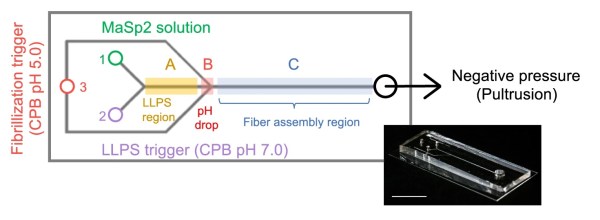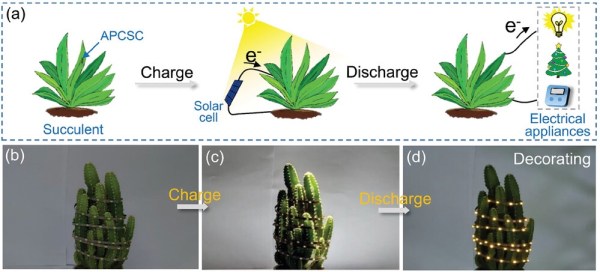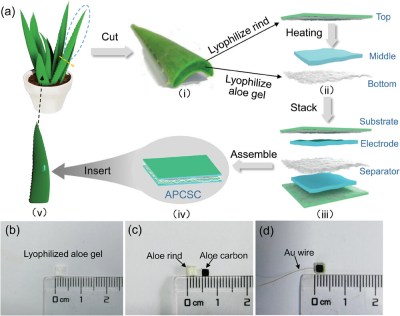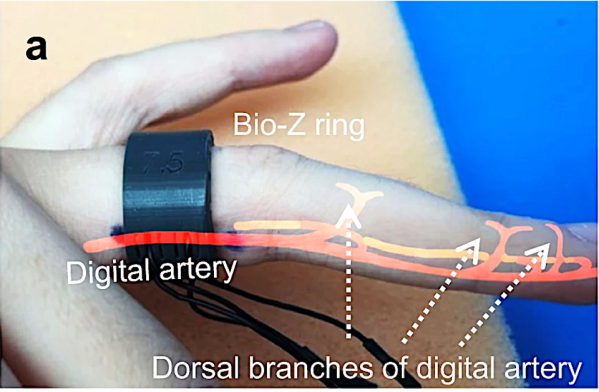A significant fraction of people can’t handle lactose, like [HGModernism]. Rather than accept a cruel, ice cream free existence, she decided to do something you really shouldn’t try: biohacking her way to lactose tolerance.
The hack is very simple, and based on a peer reviewed study from the 1990s: consume lactose constantly, and suffer constantly, until… well, you can tolerate lactose. If you’re lactose intolerant, you’re probably horrified at the implications of the words “suffer constantly” in a way that those milk-digesting-weirdos could never understand. They probably think it is hyperbole; it is not. On the plus side, [HGModernism]’s symptoms began to decline after only one week.
The study dates back to the 1980s, and discusses a curious phenomenon where American powdered milk was cluelessly distributed during an African famine. Initially that did more harm than good, but after a few weeks mainlining the white stuff, the lactose-intolerant Africans stopped bellyaching about their bellyaches.
Humans all start out with a working lactase gene for the sake of breastfeeding, but in most it turns off naturally in childhood. It’s speculated that rather than some epigenetic change turning the gene for lactose tolerance back on — which probably is not possible outside actual genetic engineering — the gut biome of the affected individuals shifted to digest lactose painlessly on behalf of the human hosts. [HGModernism] found this worked but it took two weeks of chugging a slurry of powdered milk and electrolyte, formulated to avoid dehydration due to the obvious source of fluid loss. After the two weeks, lactose tolerance was achieved.
Should you try this? Almost certainly not. [HGModernism] doesn’t recommend it, and neither do we. Still, we respect the heck out any human willing to hack the way out of the limitations of their own genetics. Speaking of, at least one hacker did try genetically engineering themselves to skip the suffering involved in this process. Gene hacking isn’t just for ice-cream sundaes; when applied by real medical professionals, it can save lives.
Continue reading “Biohack Your Way To Lactose Tolerance (Through Suffering)”


















